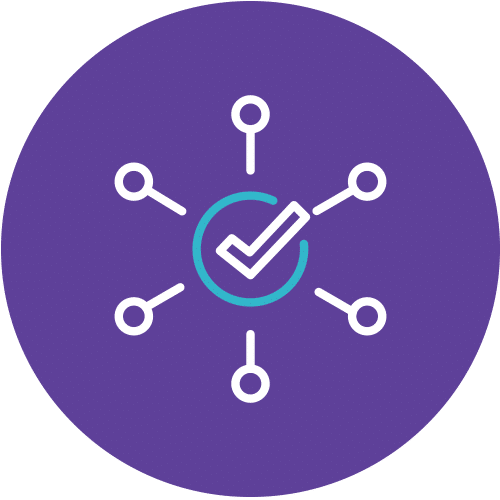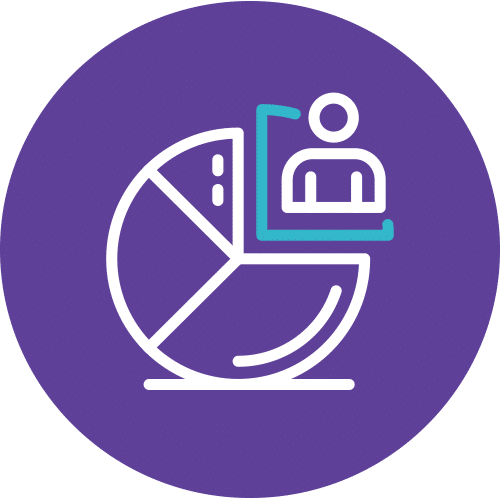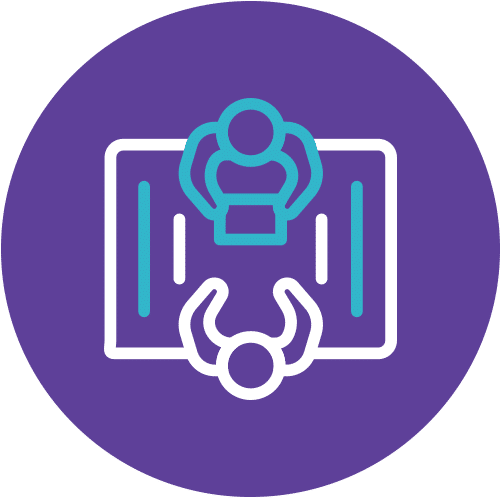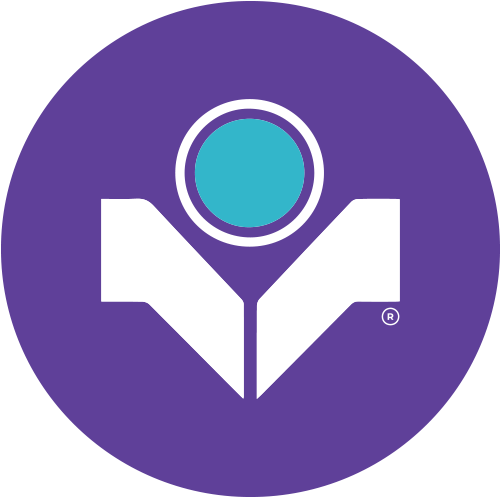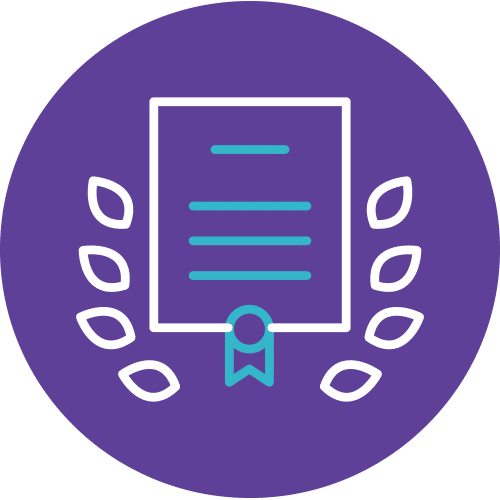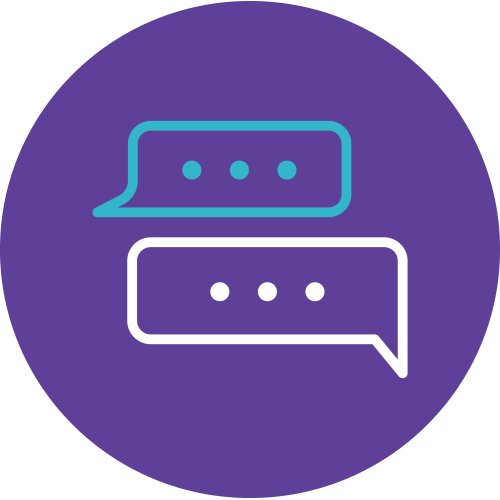Unveiling the Power of TOGAF Enterprise Architecture
TOGAF Enterprise Architecture is your key to unlocking a world of knowledge, skills, and career possibilities. In a fast-paced corporate landscape, staying ahead is essential, and this course equips you with the tools to do just that. This comprehensive 4-day program, offered by Info Trek in Malaysia, focuses on the fundamental aspects of TOGAF (The Open Group Architecture Framework).
What's in it for You?
In this course, you’ll dive deep into the four domains of Enterprise Architecture: Business, Data, Applications, and Technology. You’ll gain the knowledge, comprehension, and practical abilities to apply TOGAF standards effectively. With a mix of interactive lectures, discussions, practical exercises, and even a glimpse into the TOGAF Library, you’ll master the art of Enterprise Architecture.
Whether you’re an architect, part of an IT governance team, or a manager seeking to elevate your skills, this course is your gateway to new career horizons. The best part? Prior knowledge of Enterprise Architecture is advantageous but not mandatory, making it accessible to a wide range of professionals. So, embark on this journey, harness the power of TOGAF Enterprise Architecture, and watch your career soar to new heights.
Info Trek’s commitment to innovation, technology, and effective teaching methods ensures that you’re not just learning; you’re evolving with the ever-changing world of enterprise architecture. Enroll today and be ready to take your career to the next level!
Course Details
Course Duration: 4 Days; Instructor-led/
The Open Group TOGAF® Enterprise Architecture certification provides validation that an individual has the knowledge, comprehension, and ability to analyze and apply the TOGAF Standard to developing, sustaining, and using an Enterprise Architecture.
This course provides a variety of tools, building blocks and resources that facilitate the process and enables the design of Enterprise Architecture across four domains; Business, Data, Applications and Technology. It offers the means of uniting different methodologies in business planning, It Architecture and project management under one common framework.
Audience
All Architects, IT Governance teams, Middle Management to Senior Management
Prerequisites
- A prior knowledge of Enterprise Architecture is advantageous but not required.
- During the course students will become familiar with the current TOGAF body if knowledge
Methodology
This program will be conducted with interactive lectures, PowerPoint presentations, discussions and practical exercises
Course Objectives
Experience installing PC hardware and devices.
- To understand the context within which an Enterprise Architecture practitioner must operate.
- To apply the stakeholder management technique
- To implement the Architecture Vision phase including its applicable techniques
- To implement the Architecture Development Method (ADM) Phases B, C, and D to develop an architecture, together with the applicable techniques
- To implement the ADM Phases E, F, and G to implement an architecture, together with the applicable techniques
- To implement Architecture Change
- Management
- To manage architecture requirements
- To use The Open Group Library
- To support the ADM work with applicable techniques
- To use architecture levels to organize the Architecture Landscape
- To understand the Architecture Content Framework
Outlines
TOGAF® Enterprise Architecture Part 1
Module 1: Introduction and Concepts
- What an Enterprise is
- The purpose and benefits of Enterprise Architecture
- The TOGAF Standard as a framework for Enterprise Architecture
- The four architecture domains
- Architecture Abstraction
- The Enterprise Continuum
- The Architecture Repository
- The TOGAF Content Framework and Enterprise Metamodel
- Architecture Capability
- Risk Management
- Gap Analysis
Module 2: Definitions
- Understand relevant terminology.
Module 3: Introduction to the ADM Phases
- The ADM and its phases
- Draft and Approved status for deliverables
- The iterative approach of the ADM
- The need to govern Enterprise Architecture
- How to Scope an Architecture
- Architecture alternatives and trade-offs
- The purpose and objectives of each of the ADM phases
- How architecture can be applied to support Agile software development
Module 4: Introduction to ADM Techniques
- How the ADM and Supporting Guidelines and Techniques relate to each other
- Architecture Principles
- Business Scenarios
- Gap analysis
- Interoperability
- Business Transformation Readiness Assessment
- Architecture Risk Management
Module 5: Introduction to Applying the ADM
- Where guidance is available
- How iteration within the ADM enables concurrent operation
- The Architecture Landscape
- Purposes to frame Architecture Projects
- How the TOGAF Standard can be applied to support the digital enterprise
Module 6: Introduction to Architecture Governance
- The concept of Architecture Governance
- Why Architecture Governance is beneficial
- The role and responsibilities of an Architecture Board
- Architecture Contracts
- Architecture Compliance
Module 7: Architecture Content
- The concepts of stakeholders, concerns, architecture views and architecture
- viewpoints
- Architecture Building Blocks (ABBs) Architecture deliverables
TOGAF® Enterprise Architecture Part 2
Module 8: The Context for Enterprise Architecture
- Guiding Effective Change: The Purpose of Enterprise Architecture
- What does an Enterprise Architecture look like?
- Architecture Capability
- Architecture Governance and the role of an Enterprise Architect
- Architecture Compliance, Levels of Conformance, Reviews, and the Role of the Architect
- How an Architecture enables alignment to Organizational Objectives using Agile development as an example
- The need to Manage Multiple Architecture States
- Enterprise Security Architecture Security, a Cross-Cutting Concern
- Managing Uncertainty in order to optimize Maximum Business Benefit andMinimum Business Loss
Module 9: Stakeholder Management
- How to identify Stakeholders, their Concerns, Views, and the Communication
- involved
- The use of Architecture Views
- Stakeholder Engagement and Requirements Management
- Using Trade-off to Support Architecture development
Module 10: Phase A, The Starting Point
- Information necessary to execute the Architecture Vision phase
- How to apply Phase A and how it contributes to Architecture Development Work
- Security-specific Architecture Design that is sufficient — Phase A
- Outputs necessary to proceed with the Architecture Development
Module 11: Architecture Development
- Steps applicable to all ADM Phases
- Risk and Security considerations during the Architecture Development (ADM Phases B to D)
- Relevant Information to produce outputs valuable to the Architecture Development
- How to apply Phases B, C, and D, and how they contribute to the Architecture Development work
- Information relevant to Phase C (Data and Applications) to produce outputs for the Architecture Development
- Information needed in Phase D to produce outputs relevant to the architecture development
- Outputs of Phases B, C, and D necessary to proceed with the Architecture Development Work
Module 12: Implementing the Architecture
- Risk and Security considerations for Phases E, F, & G
- Steps (Phase E) to create the Implementation and Migration Strategy
- Basic Approaches to Implementation
- Identifying and Grouping Work Packages
- Creating and Documenting Transition Architectures
- The Impact of Migration Projects on the Organization and the Coordination Required
- Why and how Business Value is assigned to each Work Package
- How to Prioritize the Migration Projects (Phase F)
- Confirm the Architecture Roadmap (Phase F)
- The outputs of Phase F necessary to Proceed with the Architecture Implementation
- Inputs to Phase G Implementation Governance
- How Implementation Governance is executed (Phase G)
- Outputs to support Architecture Governance
- How Architecture Contracts are used to communicate with Implementers
Module 13: Architecture Change Management
- Inputs triggering Change Management — Change Requests
- Activities necessary for effective Change Management (Stakeholder Management)
- Outputs relevant to proceed with a Change
Module 14: Requirement Management
- The inputs that feed the Requirements Management Phase
- How the Requirements Management steps correspond to ADM Phase Steps
- The Purpose of the outputs of Requirements Management
Module 15: Requirement Management
- How The Open Group TOGAF Library can be used to support the Practitioner’s Work
- Business Scenarios
- The purpose of Compliance Assessments
- How Migration Planning techniques are used to review and consolidate the Gap
- Analysis results from earlier Phases
- How a Repository can be structured using the TOGAF Architecture Repository as an Example
- What to expect in a well-run Architecture Repository
- How the concepts of Architecture Levels are used to Organize the Architecture
- Landscape
- Different Levels of Architecture that exist in an Organisation
- Determining the Level that an Architecture is being Developed at
- The Role of Architecture Building Blocks (ABBs)
- Guidelines and Techniques for Business Architecture
- Applying Gap Analysis
- How Iteration can be used in Architecture Practices
- How the Implementation Factor Catalogue can be used
- The Content Framework and the Enterprise Metamodel
- When the Architecture Content Framework (ACF) needs to be Filled throughout the ADM
- Cycles
- Using an Enterprise Metamodel
- Using a Taxonomy
- How Risk Assessment can be used





